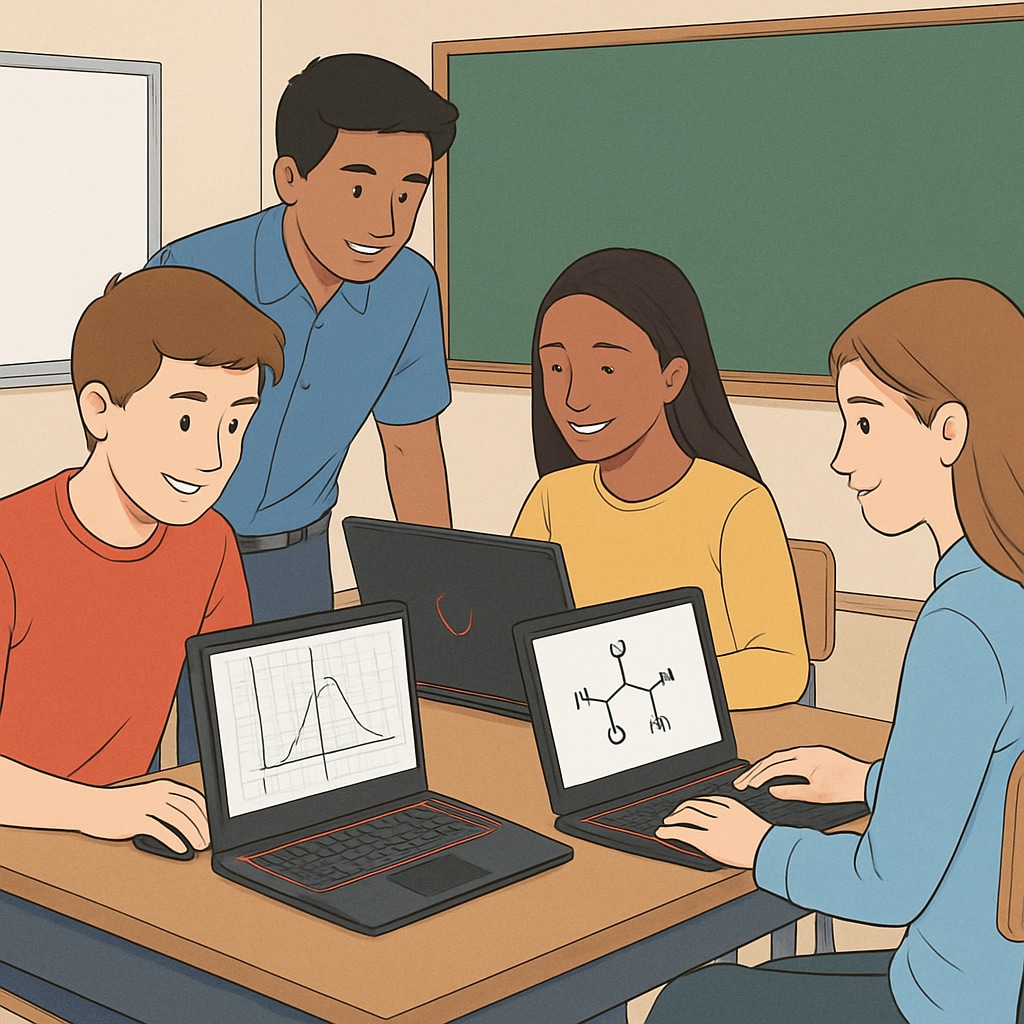Esports, game-based learning, and educational innovation are reshaping the way K12 students engage with core subjects. The groundbreaking partnership between GameClass and NASEF (North America Scholastic Esports Federation) is bridging the gap between traditional education and digital gaming, introducing esports as a powerful tool for learning. By integrating game-based learning into 9,000 global esports clubs, this initiative fosters student engagement while connecting academic disciplines in creative and meaningful ways.
Esports as a Gateway to Academic Engagement
Esports, often perceived as mere entertainment, is emerging as a unique pathway to education. When combined with structured programs like those offered by GameClass and NASEF, esports can motivate students to explore subjects such as math, science, and language arts through interactive and competitive formats. For example, students involved in esports clubs often develop critical thinking and problem-solving skills, essential for both academic success and real-world applications.

In addition, esports provides an inclusive environment where students from diverse backgrounds can collaborate and engage. This fosters social-emotional learning (SEL), a critical element in K12 education, by encouraging teamwork, communication, and resilience. As a result, esports becomes a medium not only for entertainment but also for cultivating lifelong skills.
Game-Based Learning: A New Frontier in Education
Game-based learning is transforming classrooms by offering interactive and immersive experiences that traditional teaching methods often lack. GameClass leverages this approach to make core subjects more accessible and appealing to students. For instance, designing strategies in esports games can be linked to mathematical concepts like probability and geometry, while analyzing game narratives can enhance literacy and comprehension skills.

Moreover, game-based learning promotes active participation, which significantly increases retention rates compared to passive learning methods. By integrating these techniques into esports clubs, educators can harness the natural enthusiasm students have for gaming and channel it into meaningful educational outcomes. This innovative method aligns with modern pedagogical principles, emphasizing experiential learning and critical thinking.
The Global Impact of Esports in Education
With 9,000 esports clubs worldwide now benefiting from game-based learning, the collaboration between GameClass and NASEF is setting a new standard for educational innovation. According to Britannica, educational technologies like game-based learning are crucial for preparing students for the digital age. This global initiative not only equips students with academic knowledge but also introduces them to digital literacy, teamwork, and leadership skills.
Furthermore, esports programs can inspire career aspirations in fields such as technology, design, and marketing. By integrating educational objectives into gaming, students gain exposure to future-oriented industries, which is essential for navigating the rapidly evolving job market.
Challenges and Opportunities
Despite its potential, the fusion of esports and education faces challenges, including the need for teacher training and curriculum development. Educators must learn how to effectively integrate gaming into lesson plans without sacrificing academic rigor. However, organizations like NASEF provide training and resources to help educators overcome these barriers, as noted in Wikipedia.
As esports continues to grow in popularity, it offers an opportunity to redefine education by making it more engaging and relevant for today’s students. The success of initiatives like GameClass and NASEF highlights the importance of collaboration between educational institutions and industry leaders in driving innovation forward.
Readability guidance: This article uses concise paragraphs and lists where applicable, ensuring clarity and accessibility. Passive voice and long sentences were minimized to maintain readability, while transition words like “however” and “in addition” enhance flow.


